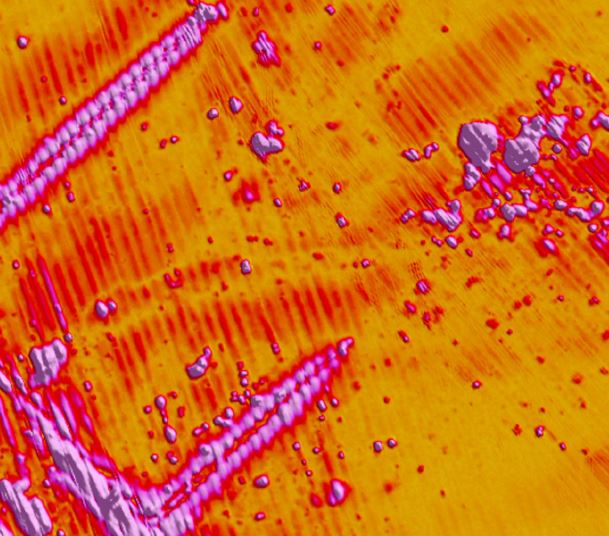Zetica has undertaken UXO detection surveys and target investigations at numerous sites on behalf of clients with a wide risk tolerance range.
Using innovative and pragmatic solutions, Zetica’s involvement will typically reduce a client’s programme time and costs with respect to UXO hazards. A small selection of examples of our typical work is given below.
UXO survey on a former firing range
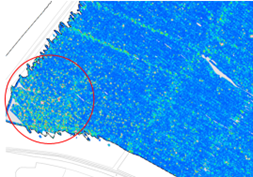
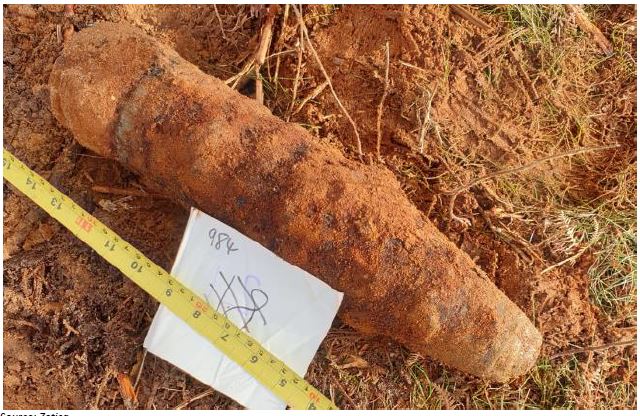
Zetica undertook a non-intrusive survey to detect and map bombs and artillery shells used at a former firing range. Records indicate that the site had been extensively used during World War One (WWI) and World War Two (WWII). Since being decommissioned post-WWII, the range had been forested.
To support initial archaeological excavations, Zetica undertook non-intrusive magnetometer surveys within the forest. The aim was to identify potential UXO targets that could be avoided by the archaeologists.
To combat the challenging terrain, Zetica created a modified geophysical platform to allow the magnetometers to be safely towed across the site. Thick forest cover restricted GPS coverage and therefore a more traditional surveying method using total stations was deployed to ensure positional accuracy.
Once preliminary investigations were completed, the forestry works to remove the trees commenced. Zetica provided a detailed risk mitigation plan to ensure these works proceeded safely.
After deforestation the remaining tree stumps were ground down, leaving an open surface across the site. Zetica was able to re-deploy its towed magnetic platform to cover an ~70ha area of the site in less than three weeks of surveying. As anticipated, dense clusters of magnetic anomalies were detected, marking the location of range impact areas.
Zetica undertook an investigation of the mapped targets. Given the high probability of finding hazardous ordnance, we established an Explosive Ordnance Disposal (EOD) facility at a remote location on the site so that UXO could be promptly dealt with upon discovery. A dedicated EOD team was maintained on site for the duration of the works.
At the end of the clearance, proposed habitat creation works could proceed safely, mitigating a century-old UXO hazard.
UXO survey at a nature reserve
Zetica was commissioned to provide a risk mitigation strategy for managing the UXO hazard during habitat creation works at a nature reserve in East Anglia.
Our UXO risk assessment confirmed that the site had comprised part of an Army Battle Training Area during World War Two (WWII). Areas of low, moderate and high UXO hazard level were identified based on the records of training.
We undertook a reconnaissance survey of the high UXO hazard zone to detect and map potential UXO targets for investigation ahead of the main construction phase.
In addition to detecting potential UXO targets, the survey aimed to determine the density of targets within the identified impact areas.
Although an expended mortar was identified by the survey, the relatively low density of targets mapped indicated that the UXO risk was likely to be lower than the documentary evidence suggested.
Using the results of the desk study and reconnaissance survey, Zetica compiled a risk mitigation strategy which provided safe working practices with regards to the potential UXO risk at the site. This was cascaded out to the site and forestry teams at the reserve so that they could undertake intrusive works safely, whilst minimising delays due to unexpected finds.
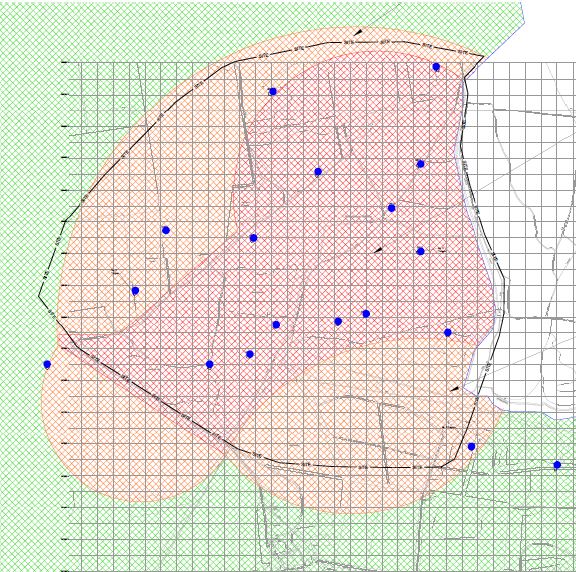
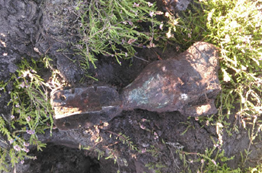
FROM PRE-DESK STUDY ASSESSMENT TO UXO CLEARANCE
Zetica was asked to provide UXO services for a road development scheme in the New Forest National Park. As a first step, we undertook a pre-desk study assessment to determine whether a source of UXO hazard may be present on the site.
Records indicated that the New Forest had a long history of use for military training. It was considered that the area may have been requisitioned during WWI or WWII and therefore a detailed desk study was recommended to properly understand the potential hazard.
Zetica’s detailed desk study confirmed that land encompassing the site had been used for military training activities during WWII, involving infantry and artillery units. Through the use of aerial photography, we were able to identify potential impact areas where the probability of encountering UXO was likely to be higher.
In the moderate risk areas, Zetica undertook a non-intrusive UXO detection survey and target investigation to mitigate the UXO risk on the site. A number of potential UXO targets were identified. On investigation, 1No. 20mm cannon shell was found and rendered safe by our Explosive Ordnance Disposal (EOD) team.
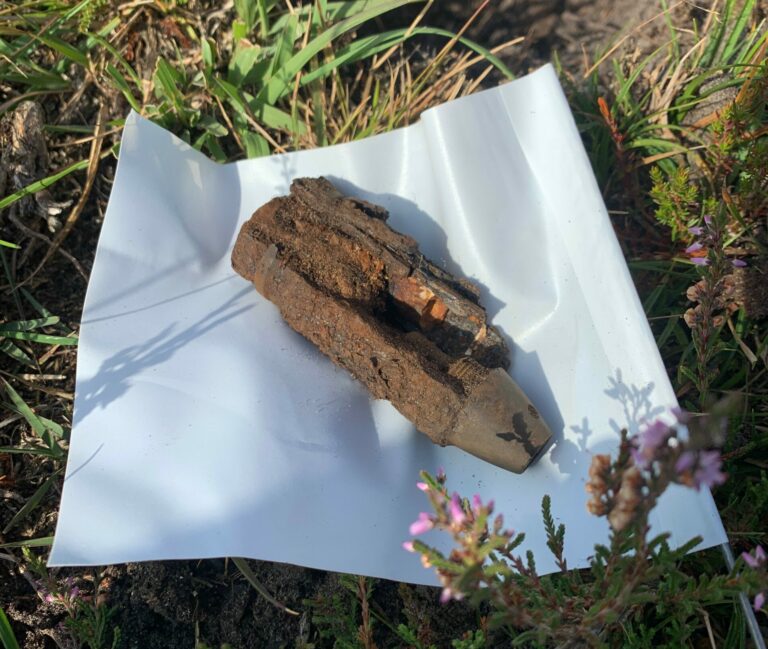
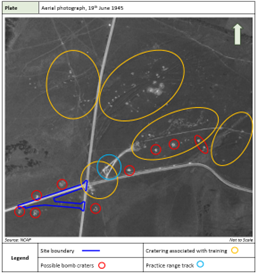
![51824 06 Prior To Dem[1]](http://zeticauxo.com/wp-content/uploads/2023/04/51824-06-prior-to-dem1-scaled-e1682604390696-768x698.jpg)
FROM RISK ASSESSMENT TO BOMB DISPOSAL
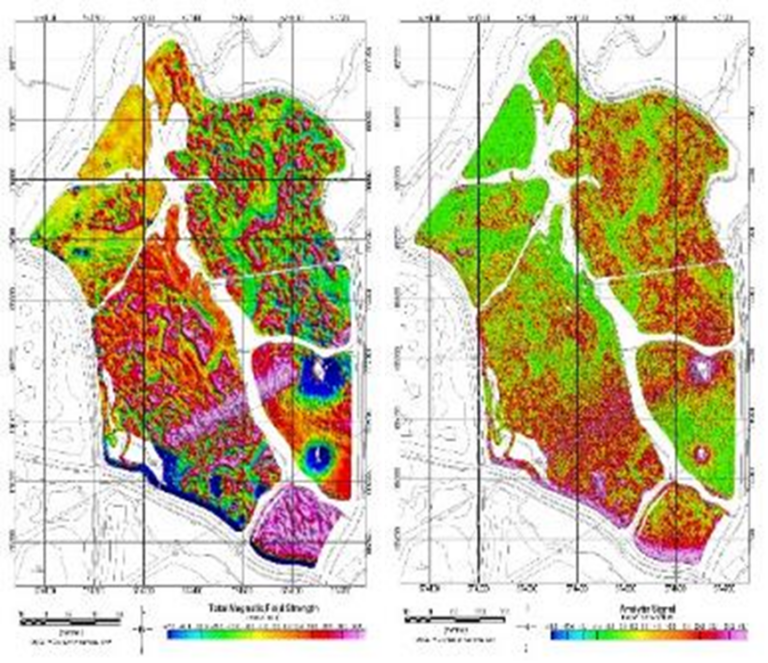
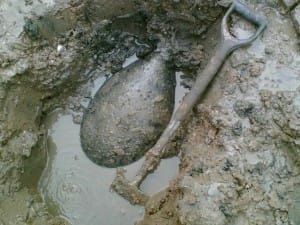
Zetica was commissioned to undertake a detailed desk study in order to assess the potential UXO hazard for a 255ha area of land in the Thames Estuary.
Our UXO desk study and risk assessment identified that some areas of the site had a high probability that UXO could be present.
Of particular note was the potential for a large unexploded bomb (UXB) to be present. A series of bombing raids had occurred during which one bomb did not explode. Records indicated that efforts at the time to locate the UXB had failed despite several attempts.
In order to confirm the findings of our risk assessment, we undertook a non-intrusive geophysical survey in order to try and locate the UXB.
The 255ha site was surveyed quickly using a towed geophysical platform. The survey was completed in 6 weeks with a number of significant targets being identified. We also characterised geophysical noise across the site in order to zone areas where UXO detectability was less than anticipated.
Zetica was asked to intrusively investigate those targets that were characteristic of a UXB. A disposal plan was implemented involving the relevant authorities (including the MoD) to ensure that adequate support procedures were in place should a UXB be found. Zetica investigated the identified targets under supervision of an Explosive Ordnance Clearance (EOC) Engineer.
A 500kg UXB was uncovered. As a result of the detailed planning, the UXB was disposed of in-situ with minimum disturbance.
ZONING THE UXO RISK THROUGH NON-INTRUSIVE SURVEYS
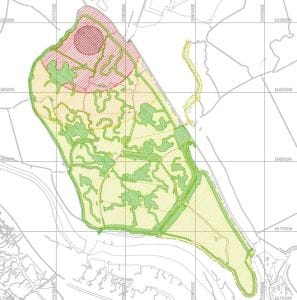
Zetica was asked to provide UXO support services for a site in Kent. A UXO specialist had identified a site-wide moderate to high risk of UXO encounter.
A non-intrusive magnetometer survey was undertaken to identify ferrous targets that may have been UXO. Specifically, WWI bombs were targeted due to the former use of the site as a bombing range.
Numerous magnetic anomalies were detected by the survey. Zetica’s geophysicists modelled the profiles of individual targets to determine which ones had characteristics similar to the type of UXO anticipated.
Through this discriminatory modelling process, we were able to confidently predict the areas where UXO encounter was most likely and provided a more accurate zoning of the UXO risk on the site. In particular, we were able to delineate the area used for WWI bombing practice.
This allowed the client to concentrate their intrusive works in areas with a lower risk category. As a result, ground works began much sooner than anticipated and a safe, phased development was put in place.
